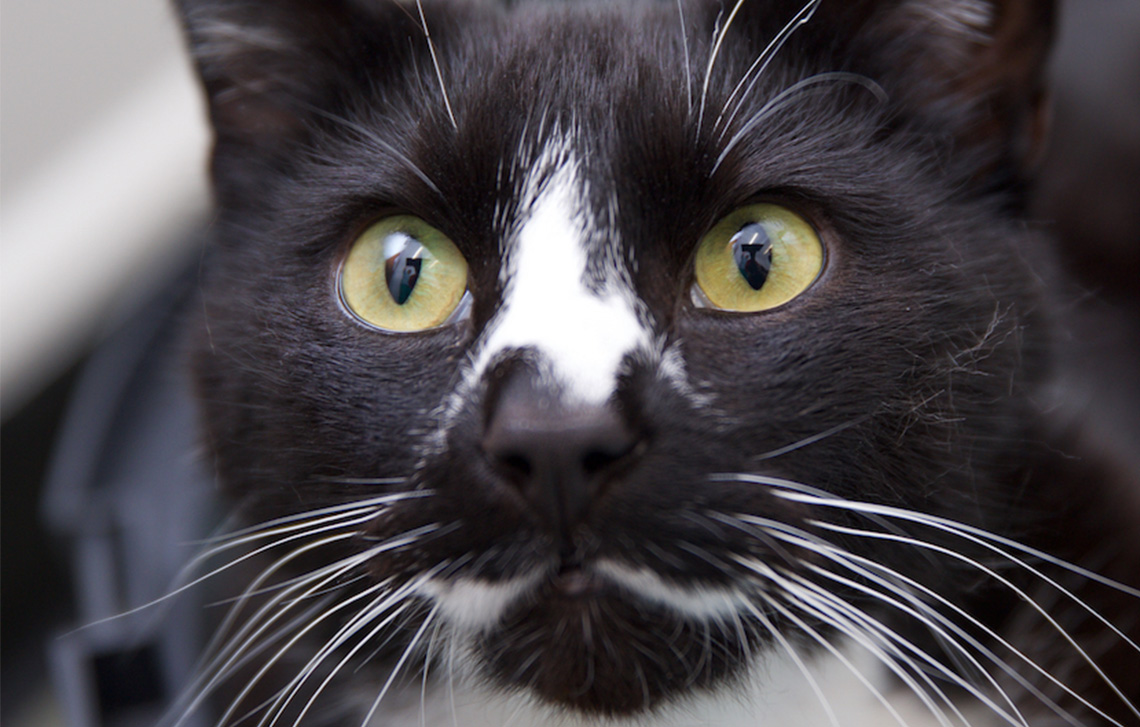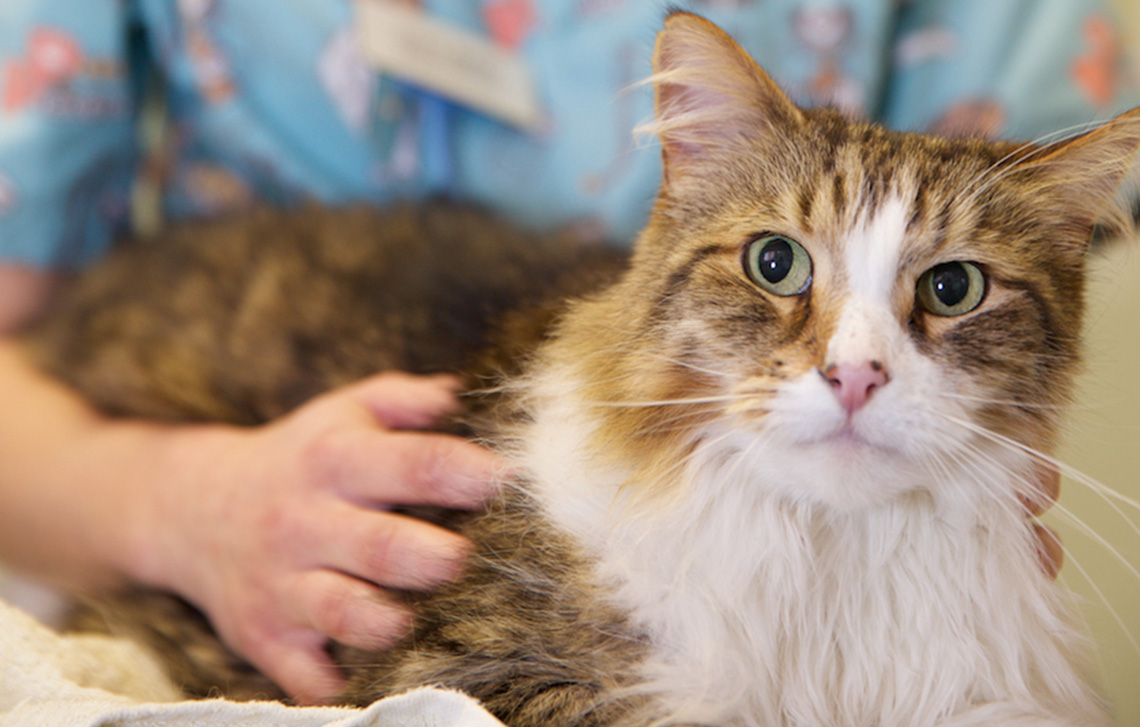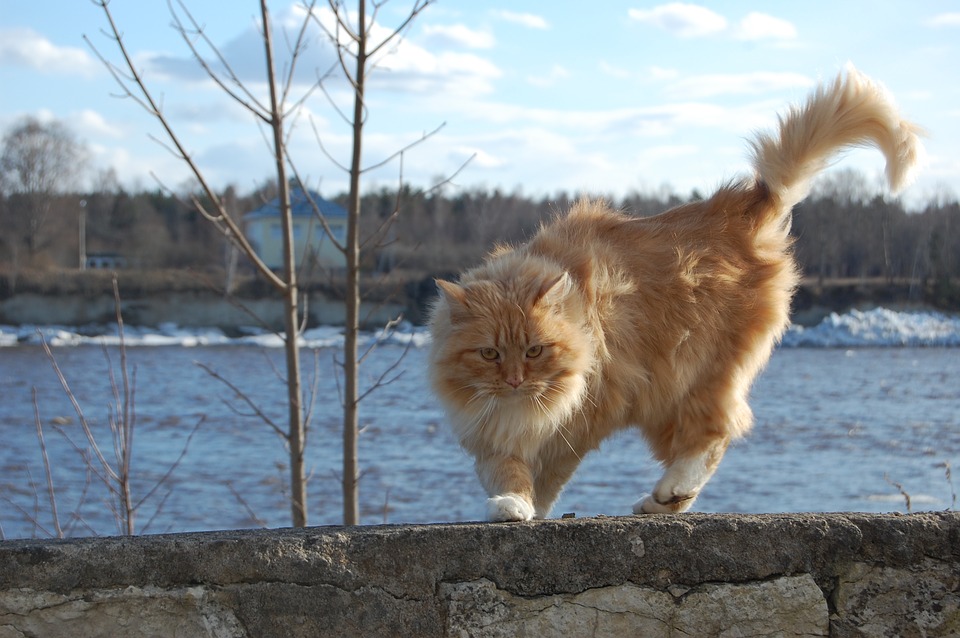
Affectionately known as big boned beauties, the Norwegian Forest cats are fiercely loyal and will often become the constant side kick of their owners. Naturally easy going and placed, Norwegians make excelled loving family cats that are good with children. The facts Temperament: Home-loving, loyal and intelligent Average Life Span: 13 – 14 years Coat… Read more »
Affectionately known as big boned beauties, the Norwegian Forest cats are fiercely loyal and will often become the constant side kick of their owners. Naturally easy going and placed, Norwegians make excelled loving family cats that are good with children.
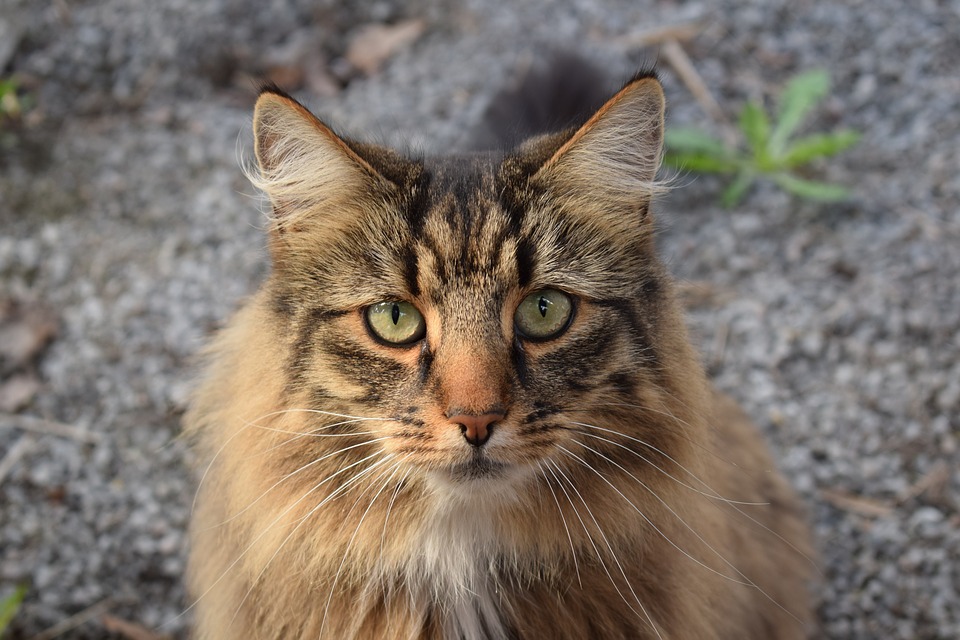
The facts
- Temperament: Home-loving, loyal and intelligent
- Average Life Span: 13 – 14 years
- Coat length: medium – long
- Grooming required: High – Daily grooming required
The Look
Along with Maine Coons they are one of the largest of the cat breeds, yet they have long elegant builds finished with a semi-long haired coat. They have wide expressive eyes and come in a huge variety of colours, but as standard they come with a thick fluffy double coat, a throwback to their origins of living through Scandinavian winters.
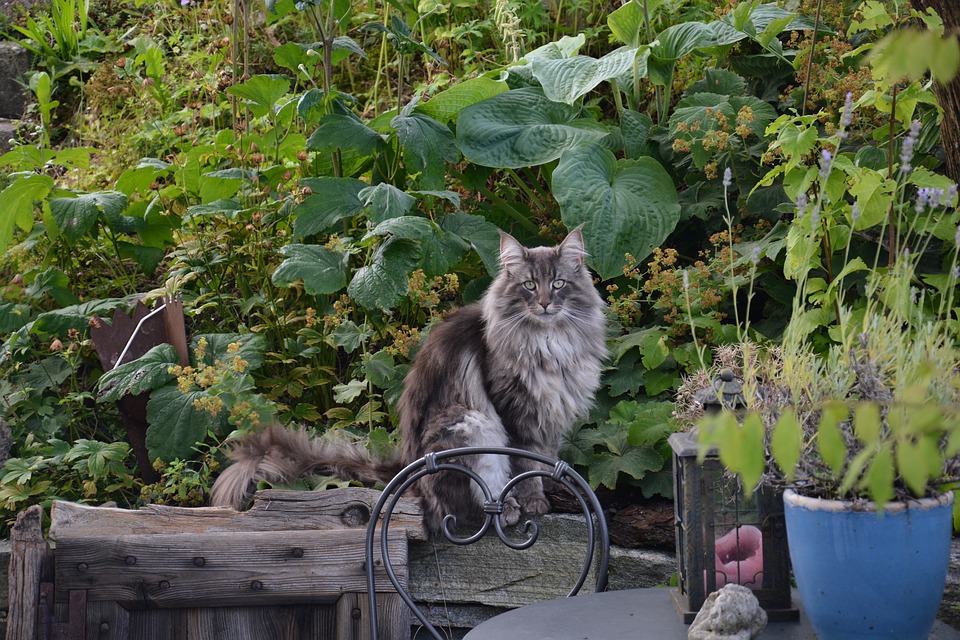
History
The breed appeared in Norway in around 1,000AD courtesy of the Vikings but their origins date back further than that to Turkey, Spain, Africa and Russia. The breed adapted to the cold Scandinavian winters thanks to their thick, insulated, water-repellent overcoats. They were very popular amongst farmers and they were named as a breed in their own right in the 1930s but interest waned during World War II and the breed almost became extinct in the 1970s. Luckily the breed was revived by some very enthusiastic breeders and Norwegian Forest cats were established in the USA in 1979 and then in the UK in 1980.
Health
All have varying incidences of health problems that may be genetic. Problems that may affect the Norwegian Forest include the following:
- Hypertrophy Cardiomyopathy (HCM) – a form of heart disease.
- Polycystic Kidney Disease
- Retinal Dysplasia
- Glycogen Storage Disease IV (extremely rare)
Fun Fact
Norwegian myths tell of the Skogkatt, a large, long-haired “mountain-dwelling fairy cat with an ability to climb sheer rock faces that other cats could not manage.” Thanks to their size, coats, and tree-climbing prowess, the Norwegian Forest cat may have served as the real-life inspiration for the skogkatt (which translates to “forest cat”).

